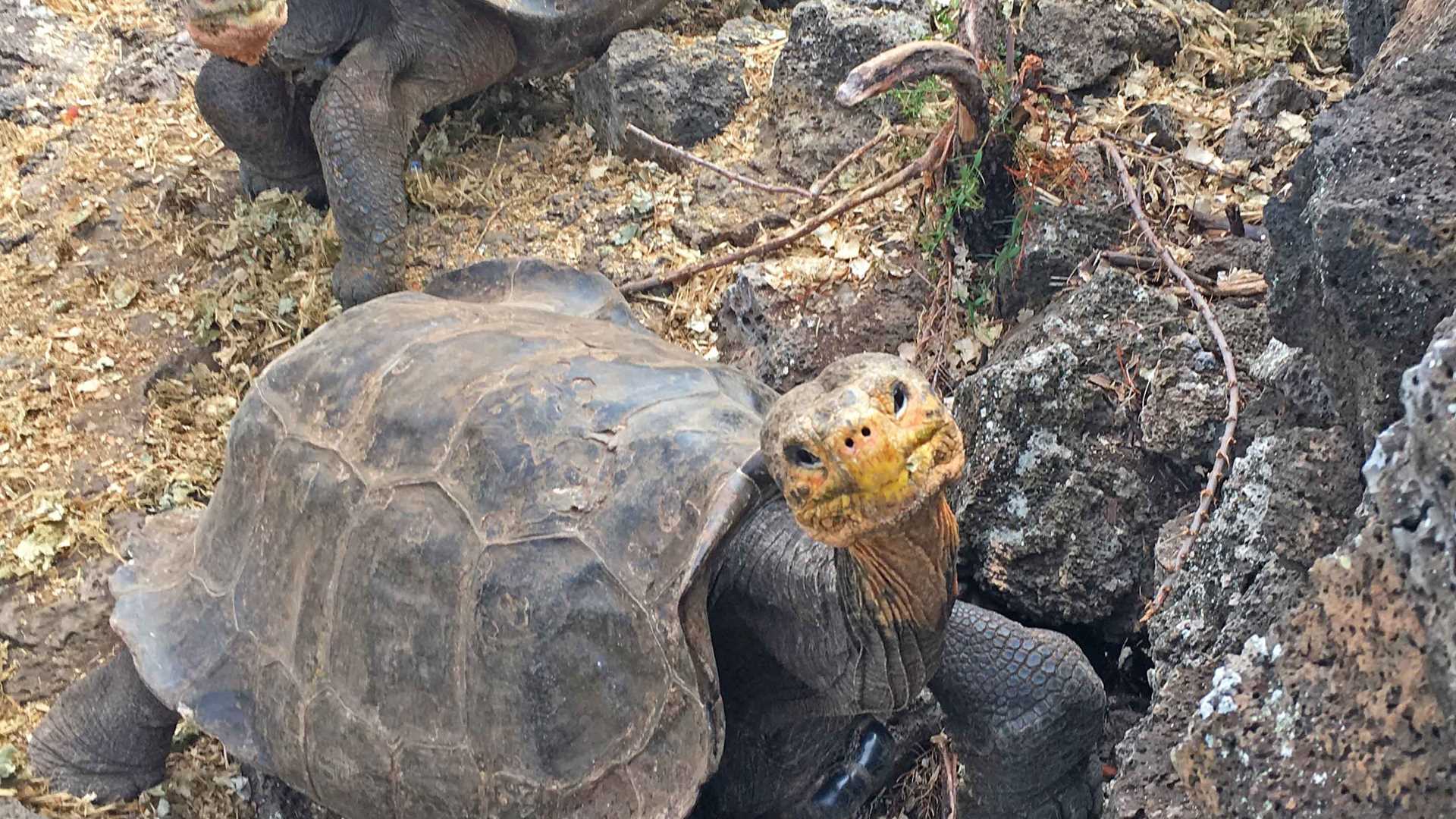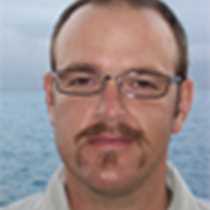As the days pass on this expedition we do not cease to be amazed at the diversity and contrasts we find every day. Puerto Ayora on Santa Cruz Island was no exception as we headed to the Charles Darwin Research center to learn about the incredible conservation work that takes place here. Upon entering the station we were surrounded by examples of endemic plant species and the Galapagos 2050 program which we hope will help restore the islands that have been damaged by the introduction of invasive species, such as Indian blackberry, quinine tree, and guava. As we further explore we find an insect containment facility which has been used to study the introduction of biological controls for pests such as the Cottony Cushion Scale insect and Philornis downsi, a parasitic fly that threatens to wipe out Darwin finches if left unchecked. Advances are being made and we’ve come very far with restoration, however it is a constant battle as the pressure and invasive species populations grow. Entering the tortoise area we learn about the saving of the Galapagos tortoise dynasty by the rearing in captivity and breeding in captivity programs that have been an enormous success. We are lucky to see the recent arrivals from northern Isabela Island that are genetically similar to Lonesome George’s Pinta population that was thought to be extinct with the passing of Lonesome George in 2012. Little by little the tortoise population is being reestablished to its previous size and range.
A walk through this small port town shows us the interaction between the human population and wildlife as we pass the fisherman’s dock where a potbellied sea lion looks to steal a filet from a fisherman as he cleans fish.
On to the “Highlands” of Santa Cruz and we visit a local school which integrates environmental education naturally into the curriculum. Children head to classes on trails surrounded by vegetation and feel the light breeze on their faces as their classrooms are open-air with the occasional bird landing on their desks. Other guests are treated to a visit to Don Adriano’s farm, a local farmer, and we learn about the coffee and sugar products he produces. The local sugar cane alcohol appears to be a hit among most as they feel the high octane. We head to a restaurant owned for over thirty years by Evelina and Eduardo Donoso who have found their paradise in the “Highlands” of this remote Island. After a hearty lunch we continue exploration of this large island by searching for Giant tortoises. Tortoises move in and out of the light as they cruise through the vegetation. Many are found in the settled water and mud ponds common here. It is as if we have moved back in time to an era filled with incredible creatures going about their lives without even a thought of us humans in this world.






